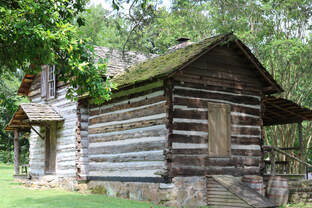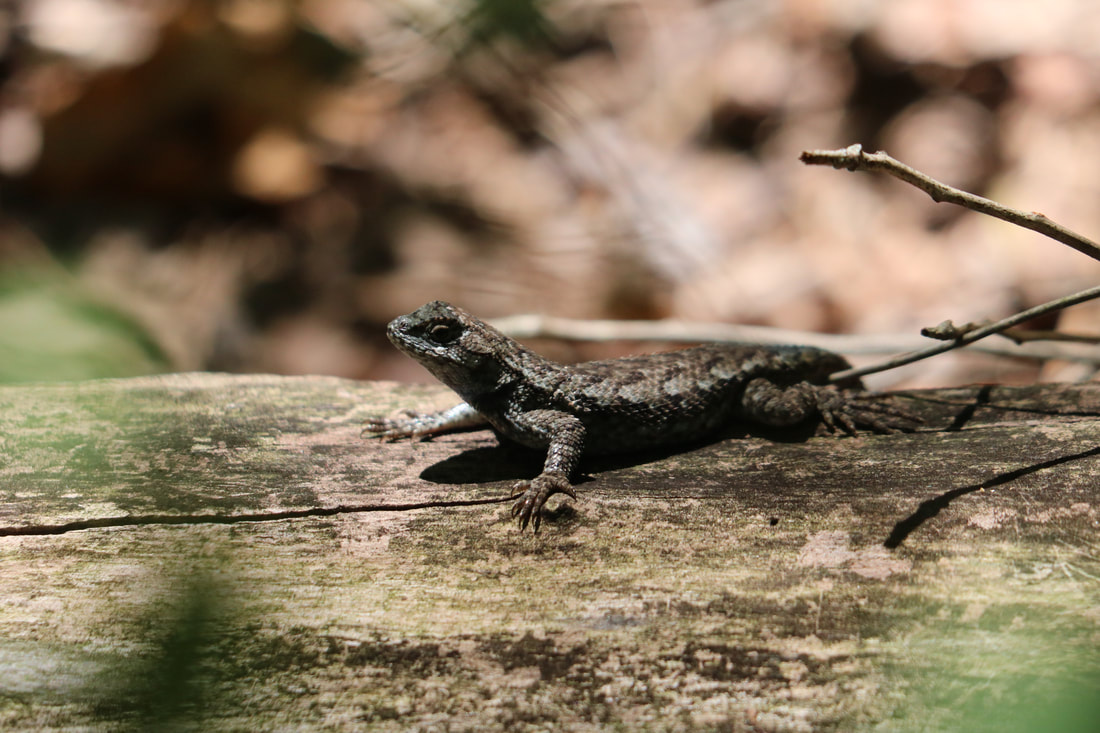
Amnicola Marsh
In the changing seasons of the marsh, the landscape transitions from an open pond in winter to a summer wetland covered with the enormous laves of American Lotus. In the pleasantly cool weather of spring and fall the paved walkway along one side is a thoroughfare for joggers, walkers, and cyclists. Birdwatchers may visit the shore to observe or photograph the transitory populations of ducks and shorebirds.
The marsh is a mere remnant of a once great wetland. It bordered two large farms which are also long gone. Amnicola Highway forms a boundary on one side. Along this artery, trucks serve a busy industrial zone. Speeding automobiles deliver commuters on their daily run from the northern suburbs to downtown and back again. This is no bucolic scene to be painted by an impressionist artist.
The Marsh itself though is a wetland filled with life. One New Years Day, I stood on its banks and counted thirty-four hooded mergansers. The following year it was 37, and the year after that there were none. For those willing to brave the chilly days of autumn and winter, it is possible to view blue-winged teal, northern shovelers, and other waterfowl. One spring I watched a clutch of young killdeer chase their mother around the margins of the pond. One, a juvenile wood stork appeared and drew bird watchers from across the region. The bird remained a while and departed for other regions.
Amnicola Marsh, remnant that it is, is a treasure that almost disappeared. Years ago, a few citizens held a symposium on the value of the marsh. Against the odds, they convinced the community of the value of the land as a natural area. In a world of escalating real estate prices, protection of natural areas will become more costly and politically difficult with each passing year. I am glad some concerned citizens acted on behalf of this natural area in a timely manner.
The Plug Poetry Project
Chattanooga Poet Christian Coller devleoped this docuseries. In each episode two poets present their work; They also discuss craft and the world of poetry. Episode 1 includes Olivia Bradley an Marcus Ellsworth. https://www.youtube.com/watch?v=EYTVbKrxv-o&t=273s
HISTORIC WALK THROUGH NATIVE AMERICAN LIFE
DATE: Saturday October 24, 2020
TIME: 1pm-5pm
WHERE: Audubon Acres, 900 N. Sanctuary Rd, Chattanooga, TN 37421
COST: $10 per person. Limited number of tickets will be sold
CONTACT: 423-892-1499
WEBSITE: https://www.chattanoogaaudubon.org/nativelearning
WHAT: Join us for an immersive Native American program spanning a timeline of 1400-1800 where you will learn the facets of daily tasks of Native American life. Learn how the Native Americans sustained themselves within these Americas benefiting from the natural use of remnants from animals (deer, turkey, snake and more) that were used as their daily tools. Learn how the commonality of the tribes helped them to customize their daily tasks making each tribal culture its own.
The program is a joint presentation of the Spirit of the Veteran & Warrior Board and the Chattanooga Audubon Society. Featuring Gina "Tyhiska" Torres, James "Bo Standing Oak" Ellison, Kathy "Sparrow/Hawk" Ellison, DaWoud Mujahid, and Michelle Neubel as Native American Presenters.
The event will feature various sessions to include:
Flints: creating hunting materials from deer leg;
The importance of Basket weaving for food storage;
Clay pottery;
Blow dart, long spears, netting for fishing;
Canning - kitchen preparations - creating natural stain from boiled macerated acorns and use dried ground acorns for flour to make flat bread;·
Clothing - Regalia designs and what and where the location of decoration meant for the women's phase of life;
Instruments - use of squash gourd as a drum;
Trading - beading characteristics, European settlers, furs;
Jewelry - glass beads – French;
Foods - Foraging, growth of the original indigenous permaculture, farming - Cherokees, berries, the three sisters - corn, squash, and beans, creation of the outdoor kitchen;
Herbs - inhalation - Mullein example, maintain immunity, sour grass, et cetera.
The Chattanooga Audubon Society at Audubon Acres is a Certified Historic Site on the Trail of Tears. We pay homage to the Native Americans who farmed here and were forced off their land. This unique event links our history with the Native Americans who once dwelled on this land.
The Chattanooga Audubon Society (CAS) is the first land trust established in Hamilton county. CAS’ 130-acre sanctuary property in East Brainerd, Audubon Acres, houses a small museum in its Visitor’s Center, is home to a historic cabin built in the late 1700’s, is the site of an UT archeological dig, and houses the CE Blevins Avian Jewels (replica bird egg) Collection. With over 5 miles of walking trails, and access to South Chickamauga Creek for canoe, kayak, and tubing activities, it is truly a sanctuary in a very busy area of Chattanooga. A lovely, peaceful place for the entire family.
The Chattanooga Audubon Society is a non-profit recognized by the State of Tennessee. All donations are tax-deductible.

 RSS Feed
RSS Feed